The Lost Decade: Honda Exercises Hopeful Humility and Acknowledges Mistakes Made

While Honda has a long and storied automotive history, it has lost much of its luster in recent years. We won’t fault the Accord, as many of us have deemed it miraculous, nor the CR-V, which continues to gain sales momentum as the rest of the industry slows. But something definitely went wrong.
Pinpointing the first misstep is difficult, however. It might have been that we became accustomed to decades of repeated success, followed by a series of middling models that weren’t bad but showcased limited progression in the new millennium — past Civics being a prime example. Maybe it started with the sudden influx of recalls, kicked off by a reputation-crippling 11 million units equipped with Takata’s infamous and extremely dangerous airbags. Perhaps it was when Honda thought it would be a good idea to replace a simple volume knob with a touch-sensitive slider or its untenable partnership with Maroon 5 and Nick Cannon in 2013.
We could speculate endlessly. But the point is that Honda knows it screwed up somewhere along the line and has become trapped by a more stifling version of the methodology that once made it great. It’s now seeking a way out.
“There’s no doubt we lost our mojo — our way as an engineering company that made Honda Honda,” Chief Executive Takahiro Hachigo told Reuters in an interview.
Hachigo, who joined Honda in 1982 as an engineer, witnessed the company’s return to Formula One and its sixth consecutive Manufacturers’ Championship win in 1991. But he was also around for its more recent troubles with longtime F1 partner McLaren. With no wins to its name for the current season, the team is thinking about ditching Honda as its engine supplier.
The CEO also watched Honda’s sedans progress from something that helped to redefine their respective segments in North America to safe, boring appliances of conveyance. Having taken leadership in 2015, Hachigo wants to see a return to form for the company — a culture that focuses more on innovation and risk-taking than cost-cutting and investor appeasement. He claims to have recruited a handful of engineers, managers, and product planners that share his vision and will help him realize it.
Their consensus is that Honda fell victim to Japan’s “monozukuri culture,” which literally translates into “making things.” Being preoccupied with the bottom line and production efficiencies certainly didn’t hurt the company’s finances, but Hachigo and co. have no nostalgia for the period where executives exerted so much control over research and development.
“The upshot was, as we obsessed about Toyota and beating it in the marketplace, we started to look like Toyota. We started to forget why we existed as a company to begin with,” Honda R&D President Yoshiyuki Matsumoto explained.
Takeo Fukui, Honda’s chief executive from 2003 to 2009, was the first to tighten the reins of product development. He was followed by Takanobu Ito, who further consolidated the product-design phase by moving several senior posts in the tech division to its corporate headquarters in Tokyo.
In the Reuters interviews, Honda engineer Mitsuru Horikoshi explained how this trend manifested itself in an ill-fated redesign of the Civic. “Right from the get-go, the program was about making cost savings in real terms,” Horikoshi recounted.
Ito had already decided that the ninth-generation model would reuse many components and systems from the previous generation to save on costs. Taking those factors into account, Horikoshi finished an initial draft by February 2008 and a more detailed mockup the following April. However, as unforeseen production costs arose from increased gasoline prices and a steel shortage, engineers tweaked the design to improve the car’s fuel economy.
By June of 2009, the team sought management approval for the Civic. Ito immediately told the engineers to make the car smaller and cheaper to produce — giving them only till the end of that month to complete the redesign.
“With one blow of a cost chopping knife, Ito basically told us to take our design back. It’s just unheard of. It was unprecedented,” Horikoshi said.
By the time his team finished the Civic, Horikoshi noted that they were six months behind schedule and $200 (per unit) short of their target unit cost. “I already had my pants down to my ankles — nothing more to shed,” he explained.
Another senior R&D member criticized the period as an era when Honda “lapsed deeper into a bunker mentality, and that translated into our products. It was cut, cut, cut, and it cheapened our cars.”
The end result was a Civic that didn’t receive a lot of love from the community. In addition to middling sales, the ninth-generation of the model saw the discontinuation of the Type R and an Si variant many enthusiasts saw as inferior to its predecessor. Matsumoto says that’s not what Honda wants to be known for (and may be why we saw the Type R return after Hachigo took over as CEO).
“We have to be allowed to go wild at times. If you operated a technology center only from an efficiency perspective, you’d kill the place. Which is exactly what happened at Honda. We don’t want headquarters people telling engineers what to do,” he said.
[Images: Honda]

A staunch consumer advocate tracking industry trends and regulation. Before joining TTAC, Matt spent a decade working for marketing and research firms based in NYC. Clients included several of the world’s largest automakers, global tire brands, and aftermarket part suppliers. Dissatisfied with the corporate world and resentful of having to wear suits everyday, he pivoted to writing about cars. Since then, that man has become an ardent supporter of the right-to-repair movement, been interviewed on the auto industry by national radio broadcasts, driven more rental cars than anyone ever should, participated in amateur rallying events, and received the requisite minimum training as sanctioned by the SCCA. Handy with a wrench, Matt grew up surrounded by Detroit auto workers and managed to get a pizza delivery job before he was legally eligible. He later found himself driving box trucks through Manhattan, guaranteeing future sympathy for actual truckers. He continues to conduct research pertaining to the automotive sector as an independent contractor and has since moved back to his native Michigan, closer to where the cars are born. A contrarian, Matt claims to prefer understeer — stating that front and all-wheel drive vehicles cater best to his driving style.
More by Matt Posky
Latest Car Reviews
Read moreLatest Product Reviews
Read moreRecent Comments
- Amy I owned this exact car from 16 until 19 (1990 to 1993) I miss this car immensely and am on the search to own it again, although it looks like my search may be in vane. It was affectionatly dubbed, " The Dragon Wagon," and hauled many a teenager around the city of Charlotte, NC. For me, it was dependable and trustworthy. I was able to do much of the maintenance myself until I was struck by lightning and a month later the battery exploded. My parents did have the entire electrical system redone and he was back to new. I hope to find one in the near future and make it my every day driver. I'm a dreamer.
- Jeff Overall I prefer the 59 GM cars to the 58s because of less chrome but I have a new appreciation of the 58 Cadillac Eldorados after reading this series. I use to not like the 58 Eldorados but I now don't mind them. Overall I prefer the 55-57s GMs over most of the 58-60s GMs. For the most part I like the 61 GMs. Chryslers I like the 57 and 58s. Fords I liked the 55 thru 57s but the 58s and 59s not as much with the exception of Mercury which I for the most part like all those. As the 60s progressed the tail fins started to go away and the amount of chrome was reduced. More understated.
- Theflyersfan Nissan could have the best auto lineup of any carmaker (they don't), but until they improve one major issue, the best cars out there won't matter. That is the dealership experience. Year after year in multiple customer service surveys from groups like JD Power and CR, Nissan frequency scrapes the bottom. Personally, I really like the never seen new Z, but after having several truly awful Nissan dealer experiences, my shadow will never darken a Nissan showroom. I'm painting with broad strokes here, but maybe it is so ingrained in their culture to try to take advantage of people who might not be savvy enough in the buying experience that they by default treat everyone like idiots and saps. All of this has to be frustrating to Nissan HQ as they are improving their lineup but their dealers drag them down.
- SPPPP I am actually a pretty big Alfa fan ... and that is why I hate this car.
- SCE to AUX They're spending billions on this venture, so I hope so.Investing during a lull in the EV market seems like a smart move - "buy low, sell high" and all that.Key for Honda will be achieving high efficiency in its EVs, something not everybody can do.

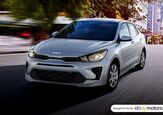
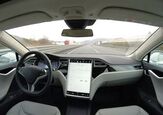
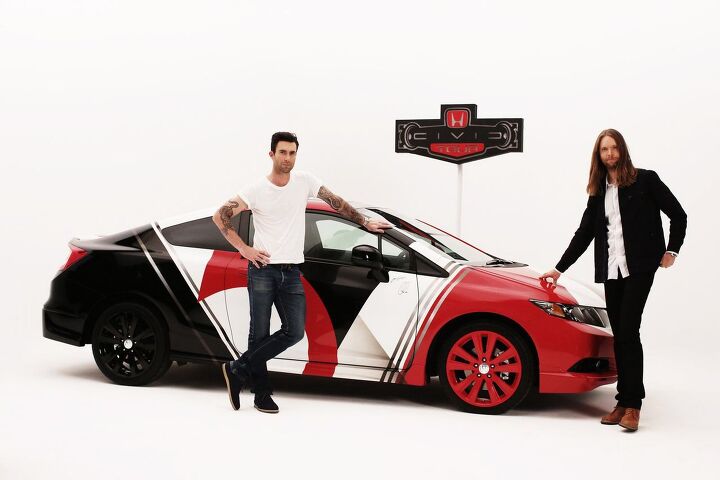














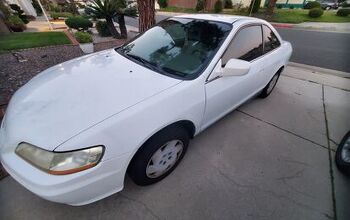


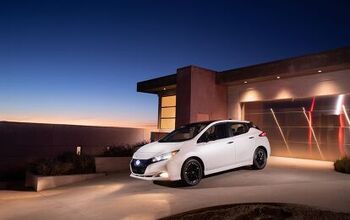
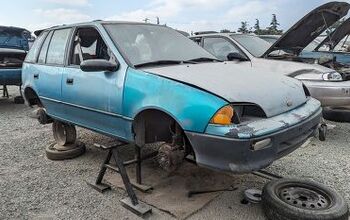
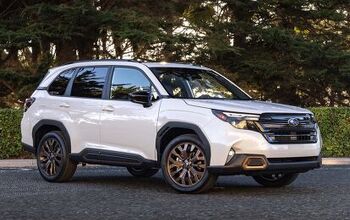
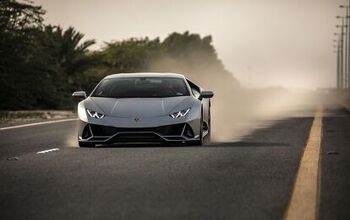

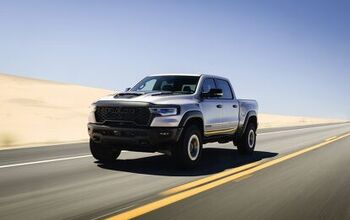
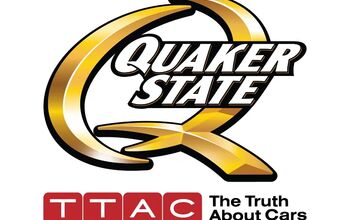
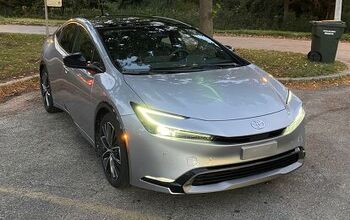
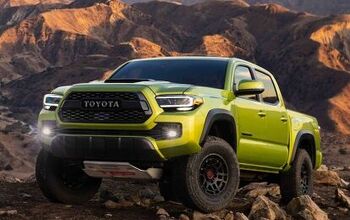
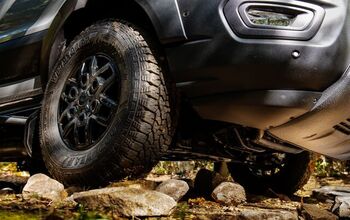
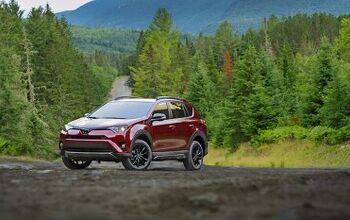
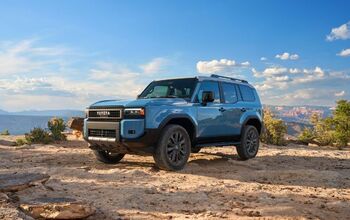

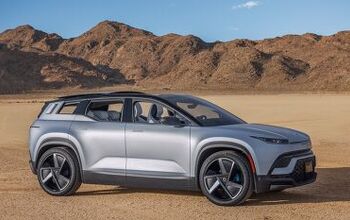
Comments
Join the conversation
"While Honda has a long and storied automotive history" Well, you can't really say that. Honda is mostly a motorbike, not automotive, company. The first cars made by Honda date back to merely 50 years ago, a time when all the other big players were already long established. In the realm of cars, Honda is a latecomer, and in many ways, a fast follower. Yes, it did have an impressive success in Formula 1 at some time, but then again, so did other companies (Fiat, Renault, Ford, recently Mercedes, just to name the most recent ones). The recent performances speak for themselves... just ask poor Alonso! The guy is a great pilot, and he doesn't deserve to be bogged down by an uncompetitive engine. As a European who moved to the US 10 years ago, I'm really baffled when I hear people praising Honda products so much (or any Japanese brand, for that matter). As some people wrote in a few comments here, all Honda and a bunch of other companies did, was to see the opportunity opened by the general low quality of US-made cars in the 1970s and 1980s. They took advantage of it, with products that simply were "better than" US competition: hence their success. When they tried to do the same in Europe, things didn't quite work the same way, of course. In my experience with car rentals, I had the chance of driving a few Accords and a Civic (the latest, Audi-A5-wannabe-look one). From a driver's standpoint, saying I was underwhelmed is a euphemism. I found them to be terrible, terrible cars: slow, unrefined, clumsy, unresponsive. Speaking about the Civic I got a couple of months back (from Zipcar: I had requested a VW Golf, but there were none), I was surprised to see the interior as a copy of a 1980s Citroën, with retro-futuristic digital gauges and hard plastic everywhere. The transmission (CVT) turned the poor thing into something tragic to drive. I had a choice between 2 modes: "D", which felt like driving a moped, and "Ds", where at least the revs would match my input from the gas pedal, but with such a ratio that the engine was screaming at 3,500RPM at the whopping speed of... 72mph. Two gears: both useless. The suspension setting was too soft, although I have to give them credit for finally figuring out how do to rear multi-link on a small car (how long did it take them?). Bottom line, that car felt and drove like an uglier, downgraded copy of a previous generation Golf. You could praise the small turbocharged engines, but it's nothing innovative: European companies have been using that setup for a long time now. They might be reliable (?), but honestly, from my experience, I can see no reason to buy Honda products, other than their mostly undeserved reputation. Perhaps they're good automotive appliances to go from A to B, but no wonder that in markets where a car is judged from its overall quality (not just reliability at any cost), Honda's market share has never increased beyond 1%.
I tried to post this before, but it didn’t get through... "While Honda has a long and storied automotive history" Well, you can't really say that. Honda is first a motorbike, then an automotive, company. The first cars made by Honda date back to merely 50 years ago, a time when all the other big players were already long established. In the realm of cars, Honda is a latecomer, and in many ways, a fast follower. It did have an impressive success in Formula 1 at some time, but then again, so did other companies (Fiat, Renault, Ford, recently Mercedes, just to name the most recent ones). As for recently, just ask poor Fernando Alonso. As a European who moved to the US 10 years ago, I'm really baffled when I hear people praising Honda products so much (or any Japanese brand, for that matter). As some people wrote in a few comments here, all Honda and a bunch of other companies did, was to see the abysmal quality of US-made cars in the 1970s and 1980s: they took advantage of it, selling products that simply were "better than" US competition. When they tried to do the same in Europe, things didn't quite work the same way, of course. In my experience with car rentals, I had the chance of driving a few Accords, and more recetly a Civic (the latest, Audi-A5-wannabe-look one). From a driver's standpoint, saying I was underwhelmed is a euphemism. I found them to be terrible, terrible cars: slow, unrefined, clumsy, unresponsive. Speaking about the Civic I got a couple of months back (from Zipcar: I had requested a VW Golf, but there were none), I was surprised to see the interior as a cheap copy of a 1980s Citroën, with retro-futuristic digital gauges and hard plastic everywhere. The transmission (CVT) turned the poor thing into something tragic to drive. I had a choice between 2 modes: "D", which felt like driving a moped, and "Ds", where at least the revs would match my input from the gas pedal, but with such a ratio that the engine was screaming at 3,500RPM at the whopping speed of... 72mph. Two gears: both useless. The suspension setting was too soft, although I have to give them credit for finally figuring out how do to rear multi-link on a small car (how long did it take them?). Bottom line, that car felt and drove like an uglier, downgraded copy of a previous generation Golf. You could praise the small turbocharged engines, but it's hardly innovative: European companies have been using that setup for a long time now. They might be very reliable (?), but honestly, from my experience, I can see no reason to buy any Honda products, other than their (mostly undeserved) reputation. Perhaps they're good automotive appliances to go from A to B, but no wonder that in markets such as Europe, where a car is judged from its overall quality and people don’t just go for "reliability at any cost", Honda's market share has never increased beyond 1%.